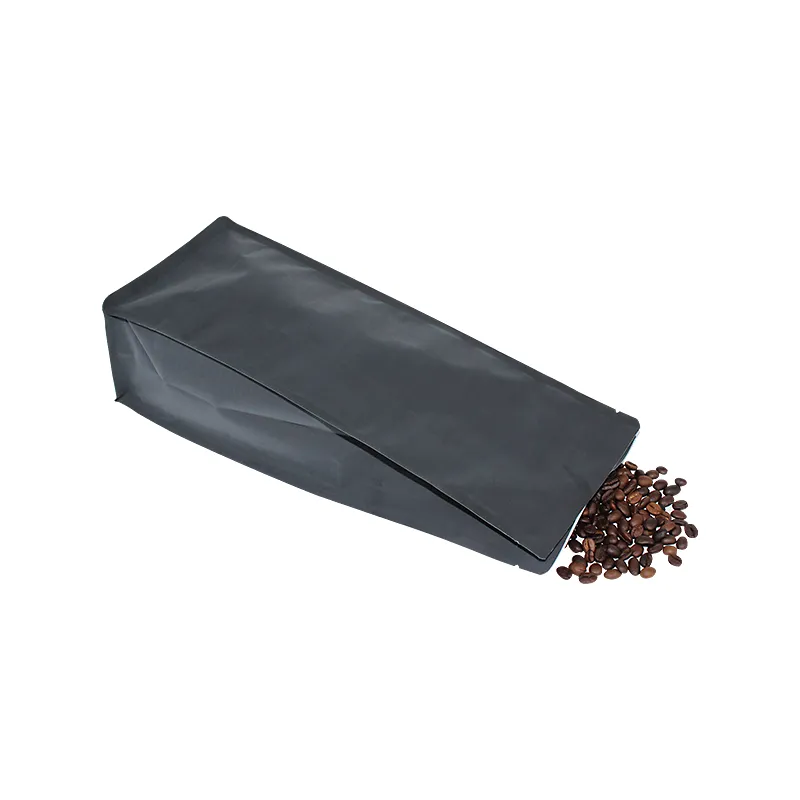- Afrikaans
- Albanian
- Amharic
- Arabic
- Armenian
- Azerbaijani
- Basque
- Belarusian
- Bengali
- Bosnian
- Bulgarian
- Catalan
- Cebuano
- chinese_simplified
- chinese_traditional
- Corsican
- Croatian
- Czech
- Danish
- Dutch
- English
- Esperanto
- Estonian
- Finnish
- French
- Frisian
- Galician
- Georgian
- German
- Greek
- Gujarati
- haitian_creole
- hausa
- hawaiian
- Hebrew
- Hindi
- Miao
- Hungarian
- Icelandic
- igbo
- Indonesian
- irish
- Italian
- Japanese
- Javanese
- Kannada
- kazakh
- Khmer
- Rwandese
- Korean
- Kurdish
- Kyrgyz
- Lao
- Latin
- Latvian
- Lithuanian
- Luxembourgish
- Macedonian
- Malgashi
- Malay
- Malayalam
- Maltese
- Maori
- Marathi
- Mongolian
- Myanmar
- Nepali
- Norwegian
- Norwegian
- Occitan
- Pashto
- Persian
- Polish
- Portuguese
- Punjabi
- Romanian
- Russian
- Samoan
- scottish-gaelic
- Serbian
- Sesotho
- Shona
- Sindhi
- Sinhala
- Slovak
- Slovenian
- Somali
- Spanish
- Sundanese
- Swahili
- Swedish
- Tagalog
- Tajik
- Tamil
- Tatar
- Telugu
- Thai
- Turkish
- Turkmen
- Ukrainian
- Urdu
- Uighur
- Uzbek
- Vietnamese
- Welsh
- Bantu
- Yiddish
- Yoruba
- Zulu
Innovative Solutions in Flexible Packaging for Modern Needs and Sustainability
Understanding Soft Packaging Innovations and Trends
Soft packaging refers to the flexible packaging materials that are widely used in the food and beverage, pharmaceuticals, and personal care industries. Unlike rigid packaging, soft packaging is typically made from materials such as plastic films, aluminum foil, and paper, allowing it to be lightweight, space-efficient, and customizable. With the continuous evolution of technology and consumer preferences, soft packaging has seen numerous innovations and trends that not only enhance product safety and shelf life but also align with sustainability goals.
One of the primary advantages of soft packaging is its ability to protect products while minimizing environmental impact. With an increasing focus on sustainability, many manufacturers are shifting towards the use of biodegradable and recyclable materials for soft packaging. This change is motivated by consumer demand for eco-friendly products and a growing awareness of the environmental issues associated with plastic waste. Innovative materials, such as bio-based plastics derived from renewable resources, are becoming more prevalent, allowing companies to reduce their carbon footprint while providing consumers with packaging solutions that meet their environmentally conscious choices.
In addition to sustainability, convenience is a crucial trend in soft packaging. Modern consumers lead busy lives, and packaging design plays a vital role in their purchasing decisions. Soft packaging, which can be engineered for easy opening, resealability, and portion control, caters to these changing consumer needs. Stand-up pouches, for example, have gained immense popularity due to their ability to occupy less shelf space while providing a visually appealing presentation. These pouches often feature zip locks or spouts, making them ideal for on-the-go consumption, further highlighting the importance of convenience in today’s marketplace.
soft packaging

Moreover, technological advancements have significantly contributed to the evolution of soft packaging. Innovations such as advanced barrier techniques, which enhance the durability and freshness of packaged goods, are becoming more standardized. Multi-layer films, for instance, offer improved resistance to moisture, oxygen, and light, thereby extending the shelf life of perishable products. This is especially essential for the food and beverage industry, where product freshness and safety directly impact consumer health and satisfaction.
Another noteworthy trend is the integration of smart packaging technologies. These include features such as QR codes, NFC (Near Field Communication), and temperature indicators that not only enhance user interaction but also improve product traceability and monitoring. These technologies allow consumers to gain insights into the freshness of the products they are purchasing, thereby fostering trust and loyalty towards brands that prioritize transparency. Furthermore, intelligent packaging can also support supply chain management, helping companies monitor storage conditions and reduce spoilage.
As we look to the future, the demand for soft packaging solutions will likely continue to grow, driven by increasing global populations and changing consumer lifestyles. The need for sustainable practices, enhanced convenience, and technological integration will shape the next generation of soft packaging designs and materials. Companies that invest in research and development to create innovative and eco-friendly packaging solutions will not only meet consumer demands but also contribute positively to global sustainability efforts.
In conclusion, soft packaging is rapidly transforming, marked by technological advancements and a shift towards sustainability. As consumer preferences evolve, the packaging industry must adapt to these changes, offering solutions that not only protect products but also meet environmental and convenience standards. The future of soft packaging looks promising, with countless opportunities for innovation and improvement, solidifying its crucial role across various sectors. Whether through the adoption of smart technologies, the use of biodegradable materials, or the design of user-friendly packaging formats, the journey of soft packaging continues to be exciting and impactful, reflecting the values and priorities of modern society.













